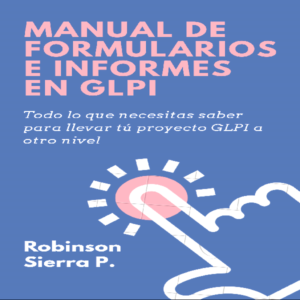About This Book
- Estimate market risk, form various portfolios, and estimate their variance-covariance matrixes using real-world data
- Explains many financial concepts and trading strategies with the help of graphs
- A step-by-step tutorial with many Python programs that will help you learn how to apply Python to finance
Who This Book Is For
Python for Finance is perfect for graduate students, practitioners, and application developers who wish to learn how to utilize Python to handle their financial needs. Basic programming knowledge is helpful, but not necessary.
What You Will Learn
- Build a financial calculator based on Python
- Learn how to price various types of options such as European, American, average, lookback, and barrier options
- Write Python programs to download data from Yahoo! Finance
- Estimate returns and convert daily returns into monthly or annual returns
- Form an n-stock portfolio and estimate its variance-covariance matrix
- Estimate VaR (Value at Risk) for a stock or portfolio
- Run CAPM (Capital Asset Pricing Model) and the Fama-French 3-factor model
- Learn how to optimize a portfolio and draw an efficient frontier
- Conduct various statistic tests such as T-tests, F-tests, and normality tests
In Detail
Python is a free and powerful tool that can be used to build a financial calculator and price options, and can also explain many trading strategies and test various hypotheses. This book details the steps needed to retrieve time series data from different public data sources.
Python for Finance explores the basics of programming in Python. It is a step-by-step tutorial that will teach you, with the help of concise, practical programs, how to run various statistic tests. This book introduces you to the basic concepts and operations related to Python. You will also learn how to estimate illiquidity, Amihud (2002), liquidity measure, Pastor and Stambaugh (2003), Roll spread (1984), spread based on high-frequency data, beta (rolling beta), draw volatility smile and skewness, and construct a binomial tree to price American options.
This book is a hands-on guide with easy-to-follow examples to help you learn about option theory, quantitative finance, financial modeling, and time series using Python.












